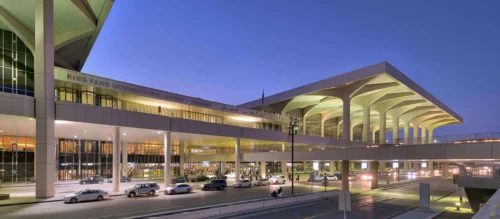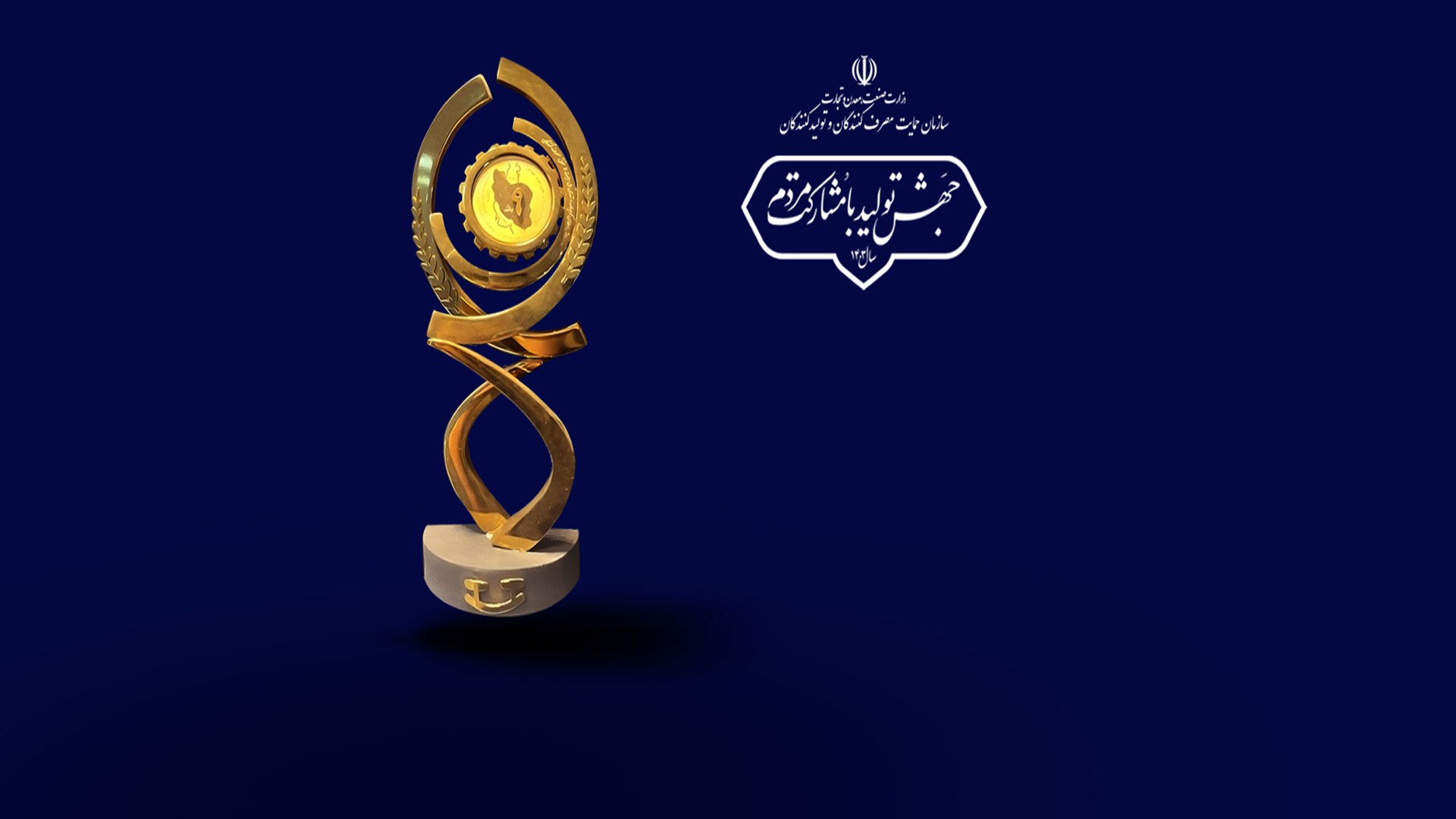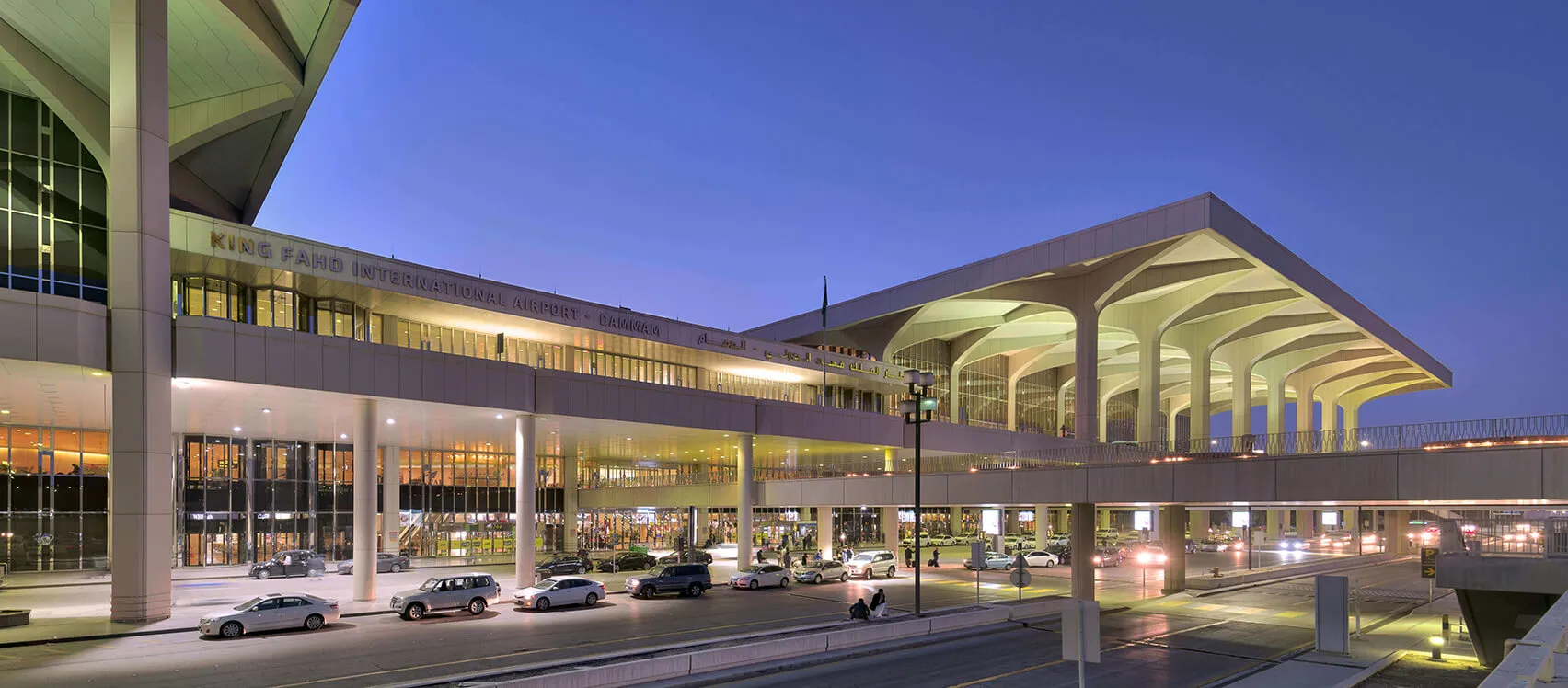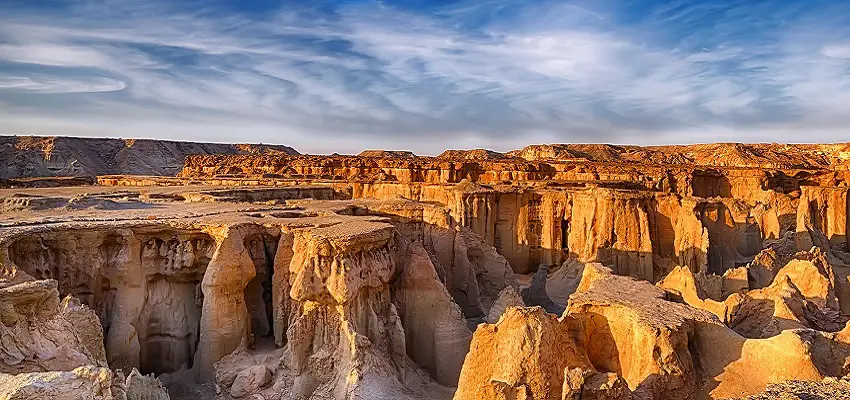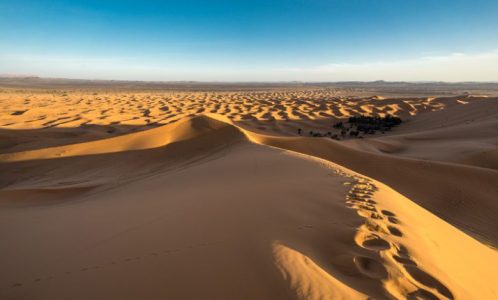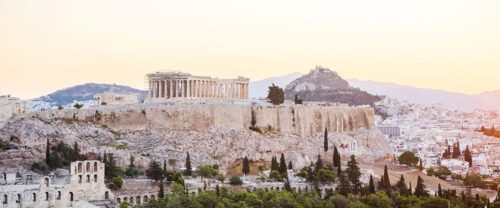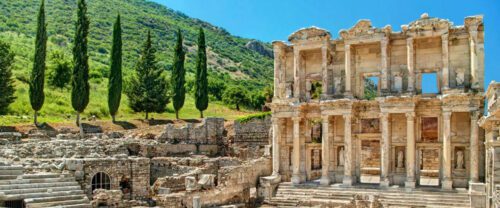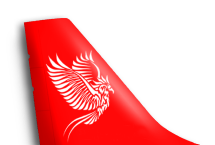persepolis in Shiraz is one of Iran’s most important historical and cultural attractions. This ancient site dates back to the Achaemenid Empire and offers visitors a unique opportunity to experience and understand Iran’s ancient culture and history. The site features remarkable architectural elements, including palaces, columns, stone facades, and the most prominent feature, the central throne. Today, Persepolis is a popular tourist destination, attracting visitors worldwide who come to admire its ancient splendor and learn about the rich history of ancient Iran.
At Persepolis, you can see sculptures, prominent walls, and rock carvings with artistic designs that showcase the power and greatness of the Achaemenid Empire. In our next article on the Sepehran blog, stay with us to learn more about this historic site in Iran.
What to Know About Persepolis in Shiraz:
- Where is Persepolis?
- Visiting Hours for Persepolis, Shiraz
- Sightseeing Places at Persepolis + Photos
- Photos of Sightseeing Places at Persepolis, Shiraz
- Architecture and Structure of Persepolis
- Capitals of Persepolis
- Access to Persepolis, Shiraz
- Distance from Persepolis to Shiraz Airport
- Historical and Cultural Importance of Persepolis
- Hotels and Accommodation Centers Near Persepolis
- Sights Around Persepolis
- Virtual Tour of Persepolis
- Symbols of Persepolis
Where is Persepolis?
📌 Address of Persepolis(Takht-e Jamshid): Fars province, Shiraz to Marvdasht road, 10 kilometers northeast of Marvdasht, ancient historical complex of Persepolis.
The Address of Persepolis(Takht-e Jamshid) Shiraz on the Map
Persepolis Parking
The parking area at Persepolis provides services to accommodate visitors arriving by private vehicles. It is designed to ensure the comfort and safety of vehicles while visiting the historical site.
Location: The parking area is conveniently located near the entrance of Persepolis, providing easy access for visitors. It is just a short walk from the main entrance gate.
Parking location of Persepolis
Distance from Persepolis to Shiraz Airport
It is worth noting that the distance from Shiraz Airport to the Persepolis complex is approximately 80 kilometers, and the drive takes about one hour and fifteen minutes.
Persepolis, Shiraz: Visiting Hours

It’s helpful to know the visiting hours of the Persepolis complex in advance, so you can plan your visit with peace of mind.
Collection name | Visiting hours | Domestic ticket price (Rials) | Foreign ticket price (Rials) |
Persepolis world heritage site | 8 a.m. to 5 p.m | 50,000 | 1000.000 |
Persepolis World Heritage Site Museum | 8 a.m. to 5 p.m | 50,000 | 1000.000 |
Naqsh-e Rostam area | 8 a.m. to 5 p.m | 50,000 | 1000.000 |
| Naqsh-e Rajab area | 8 a.m. to 5 p.m | 50,000 | 1000.000 |
| Pasargad World Heritage Collection | 8 a.m. to 5 p.m | 50,000 | 1000.000 |
Contact Information and Essential Details for the Persepolis Complex
| Website | https://persepolis.info/fa/ |
| Phone Number | 07143341556 |
| Fax | 07143341573 |
| [email protected] | |
| UNESCO Membership Date | 1979 |
| Video reports | View photos of Persepolis |
Sightseeing Places at Persepolis + Photos
The attractions within the Persepolis complex that can be visited include:
- Persepolis Complex (Takht Jamshid)
- Pasargadae Complex
- Naqsh-e Rostam Complex
- Naqsh-e Rajab Complex
Persepolis Collection (Takht Jamshid World Heritage Site)

Persepolis is an ancient historical complex located in the Fars province of Iran. This World Heritage site served as the ceremonial capital of the Achaemenid Empire and stands as a symbol of the greatness and power of Iranian civilization. Persepolis was constructed during the reign of Darius the Great in the 6th century BC and was later expanded and adorned by subsequent Achaemenid kings.
This collection includes the following attractions:
| Entrance Staircase | The gate of the nations of the world |
| Treasury Palace of Persepolis | Xerxes Palace – Hadish |
| Bar Palace – Apadana | The three-door palace or the central palace |
| Royal tombs | The private palace of Darius Thatcher |
Pasargadae World Heritage Site
Visiting the Pasargadae complex offers a unique opportunity to step back in time and experience the legacy of the Achaemenid Empire. Preserved structures, stunning landscapes, and historical monuments provide a glimpse into the grandeur and complexity of ancient Iranian civilization.
This collection includes the following attractions:
| Persepolis Palace | Tomb of Cyrus the Great |
| Place of Worship | Private palace or living room |
| Stone Tower | The entrance gate – Gate Palace |
| Mozaffari Caravanserai | Water features of Bagh Shahi |
Historical Complex of Naqsh-e Rostam (Necropolis)
The Naqsh-e Rostam historical complex near Shiraz, Iran, is an ancient site of great cultural and historical importance. Naqsh-e Rostam showcases the artistic and architectural achievements of ancient Iranians. This site offers visitors a chance to connect with the past and appreciate the legacy of the Achaemenid Empire.
This collection includes the following attractions:
| Tomb of Darius the Great – Darius I | Xerxes’ tomb |
| Tomb of Darius II | Tomb of Ardeshir I of Achaemenid |
| The stone inscriptions of Shapur I on the building of the house | fortress and rampart |
| Narsi relief The relief of Shapur I Cartier inscription | The relief of Bahram II Ayami relief The role of Hormuz II battle |
The Historical Site of Naqsh-e Rajab
Naqsh-e Rajab is an ancient site known for its rock reliefs and inscriptions from the Sassanian Empire, which followed the Achaemenid Empire.
This collection includes the following attractions:
| Naqsh-e Rajab | First role of the coronation of Ardeshir |
| The second role of Shapur and his companions | The third role of Shapur’s coronation |
Architecture and Structure of Persepolis

The architecture of Persepolis combines historical grandeur with craftsmanship. The magnificent stone structures, adorned with intricate carvings and detailed reliefs, showcase the artistic prowess of ancient Persian artisans. From the massive Gate of All Nations to the Great Hall of Apadana and the Throne Hall, each structure tells a story of a bygone era.
Some key Features of the Architectural Design of Persepolis Include:
- Monumental Scale: The structures of Persepolis were built on a grand scale, reflecting the power and authority of the Achaemenid kings. The buildings, platforms, and staircases are large and imposing, creating a sense of awe and grandeur.
- Integration with the Natural Landscape: The buildings are harmoniously integrated into the landscape, blending with the surrounding hills and valleys.
- Stone Construction: Persepolis was primarily built using limestone blocks that were carefully cut and fitted together. The use of stone provided strength and durability while also enhancing the visual appeal of the structures.
- Columns in Halls and Palaces: The main structures of Persepolis include halls and palaces with columns, such as the Apadana Palace, the Throne Hall, and the Hundred Pillar Hall. These buildings feature a series of massive stone columns with ornamental capitals and impressive ceilings.
- Facades and Reliefs: The facades of Persepolis buildings are adorned with intricate reliefs depicting various scenes, including royal processions, mythological figures, and symbolic motifs. These reliefs highlight the artistic skill of the Achaemenid craftsmen.
- Symbolism and Iconography: The architectural elements of Persepolis are rich in symbolism and iconography. The reliefs and sculptures represent aspects of Iranian culture, history, and religious beliefs. Symbolic motifs, such as the winged lion and the furohar (an ancient Iranian symbol), convey important messages and reflect the power and ideology of the empire.
- Open Spaces and Gardens: Persepolis features open spaces, courtyards, and gardens that create a sense of tranquility and balance within the architectural complex. The gardens, with their carefully planned water channels and lush vegetation, were an integral part of Iranian architectural design and reflect the importance of nature in Iranian culture.
The Capitals of Persepolis

The capitals at Persepolis are among the unique architectural masterpieces. These capitals were placed atop the tall columns and served as symbols of strength and significance. Each capital typically weighed about one ton or more.
So, the capitals at Persepolis were adorned with various patterns and designs. These often featured images of kings and rulers, flames, lions, and other important symbols of Persian culture and civilization. The artistic carvings on the capitals contributed to the beauty and artistic achievements of Persepolis.
In addition to their architectural function, the capitals at Persepolis were symbols of Persian beliefs and culture. The designs and patterns on these capitals were closely related to the religious and cultural beliefs of the time, reflecting the symbolism and philosophy of Persian art.
The Most Common Capitals at Persepolis
- Columns with statues of two-headed bulls
- Columns with bulls or sphinxes
- Columns with horned lions
- Columns with statues of lions or griffins
- eagle sculptures and statues
Access to Persepolis, Shiraz
To reach Marvdasht city and the Persepolis complexes from Shiraz, various road transportation methods are available.
Here are some transportation options:
- Private Car: You can travel from Shiraz to Marvdasht city using a private car. The main route to reach Persepolis is via the Shiraz-Marvdasht provincial road.
- Bus: Buses in Shiraz offer services to Marvdasht and Persepolis. The bus journey typically takes about 1 to 2 hours.
- Taxi: Taxi services are also available. City taxis in Shiraz can take you to Marvdasht city and the Persepolis complexes. It is advisable to coordinate with the taxi driver about the destination and fare before starting your trip.
Using these transportation options, you can easily reach Marvdasht city and the Persepolis complexes from Shiraz. Before traveling, it is recommended to check the route and transportation options, and stay updated on road conditions and routes as needed.
Historical and Cultural Importance of Persepolis (A Symbol of Iranian Heritage)
Persepolis holds immense historical and cultural significance, representing the glorious past of ancient Iran. The city served as a ceremonial and administrative center, attracting officials, ambassadors, and delegations from various empires.
The inscriptions and artworks in this vast complex convey the religious beliefs, governance, and international relations of the Achaemenid kings to their contemporaries.
Hotels and Accommodation Near Persepolis
Near Persepolis in Shiraz, there are several hotels and accommodation options available. Below are some of the hotels and accommodation centers:
Hotel name | 🏃♂️ walking | 🚗 Vehicle | location |
Apadana Hotel | 4 minutes | 18 minutes | Apadana Hotel |
Jahangardi Hotel Takht Jamshid | 30 minutes | 6 minutes | tourist hotel |
Sights Around Persepolis
There are many places of interest around Persepolis that you can visit. Here are some of them:
- Pardis Park
- Reyhan Ecotourism Residence
- Estakhr Ancient City
- Three Domes of Marvdasht
- Pomegranate Garden
Symbols of Persepolis
We will discuss the most important symbols of Persepolis for enthusiasts and visitors of this historical site, so that history lovers and tourists can gain a deeper understanding of its significance.
- Cow Symbol in Persepolis
- Lion Symbol in Persepolis
- Eagle Symbol in Persepolis
- Cypress Symbol in Persepolis
- Symbols of Different Ethnic Groups in Persepolis
- The Symbol of Persepolis Itself
Today’s Symbols Inspired by Persepolis
Persepolis holds a special place in Iranian culture and history, and its symbols are reflected in many aspects of Iranian life and culture. Among today’s examples are the logo of Iran’s national airline (Homa – Iran Air), featuring the head of a Huma bird; the logo of Parsian Bank, inspired by Persepolis paintings; and the logo of Tehran’s Persepolis Football Club, which also incorporates the Huma bird motif.
These symbols serve as representations of ancient Iranian history and culture, as well as emphasizing national values and identity. They illustrate the close connection and interaction between different cultures and their mutual influence throughout history.
Virtual Tour of Persepolis

Click the link to take a virtual tour of Persepolis.
If you are planning to travel to shiraz, you can experience a memorable trip to shiraz by purchasing a shiraz plane ticket from Flyspehran and using online travel services such as seat selection on the flight, buying excess baggage online and carrying a pet while being more comfortable.
Last Word
Persepolis, with its memorable architecture, artistic treasures, and historical significance, stands as a beacon of ancient heritage. This site is a testament to the rich cultural heritage of ancient Iran, which has shaped the course of history. Visiting Persepolis offers an unforgettable experience that allows us to appreciate the wonders of the past and cherish the lasting legacy of one of the most extraordinary ancient sites in the world.
Frequently Asked Questions



